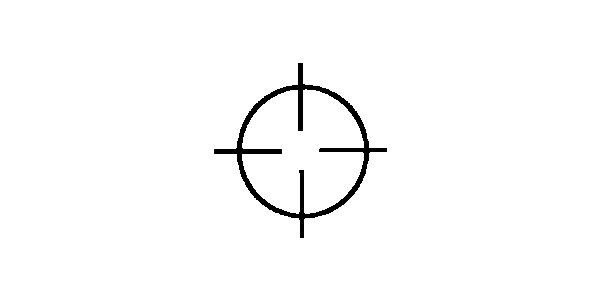First Person Shooters have a long and storied history in the gaming world, as we all know. You can trace the origins of FPS’ back to Maze War in 1973, but it didn’t gain much traction until id Software released a little game known as Wolfenstein 3D in 1992. They built on their success with Doom which pushed Shooters into the mainstream (such as it was at the time) of gaming. 1996’s Quake offered up something new and fun for shooters, multiplayer. And with multiplayer came tournaments, competitions and many lives ruined by late night LAN parties. To educate the younger in the audience (and maybe amuse the older) this was back in the day when the big argument was Keyboard and Mouse vs Keyboard only, not Keyboard and Mouse vs Controller (or I guess Xbox vs Playstation).
Things progressed relatively smoothly for the PC Gaming crowd until 2001 when Bungie threw their weight behind Microsoft and their entry into the console market, the Xbox, with a little game known as Halo: Combat Evolved. The PC Gamers got a little upset that this promising shooter was going to be a console-only exclusive. Some refused to switch over, and contented themselves to playing Counter-Strike, while other brave pioneers moved to the console shooter, enjoying LAN parties with friends. In 2002 Microsoft rolled out a service known as Xbox Live (you may have heard of it, but it’s ok if you haven’t) allowing console owners to play games against each other without sharing a TV or Couch. Unreal Championship was a key title for the launch of Xbox Live, but again Bungie really helped push the system with 2004’s Halo 2. Halo 2’s Matchmaking feature which used a skill based ranking in conjunction with the inclusion of playlists instead of servers was a winning combination allowing people to sit down and play a match or two (or far too many) which pushed new ideas into the forefront of developers and gamers minds. Showing that Multiplayer could be a key selling point and that embracing that could dramatically affect the sales of a game, Halo 2 ushered in a new era of gaming.
The release of the Xbox 360 in 2005 saw the console shooter market inundated with new titles, older names returning and established PC franchises branching out. Call of Duty, Gears of War, Halo and Battlefield. Those are arguably the biggest names in the shooter genre for consoles, PC would include Counter-Strike: Source and Team Fortress 2. Each developer and game brought their own offerings to the table and the last 6 years (less for some, more for others) have been spent refining and building upon their previous installments. Through the years there were other contenders, bringing new ideas and methodologies to the table, but none have gained the renown or following of the big guns. Recently there have been some new entrants to the shooter field with an eye on grabbing a chunk of the market share and holding onto it. Notably TimeGate’s Section 8 (and it’s digital only sequel Prejudice) and Bethesda’s Brink bring a melding of old and new ideas together to offer different gameplay options.
So there you have it, a brief look back on the roots of the First Person Shooter and how it came to be what it is today. By no means is this meant to be comprehensive or 100% accurate, it is only meant to be a general look at the transformation that FPS’ have undergone in their history.















